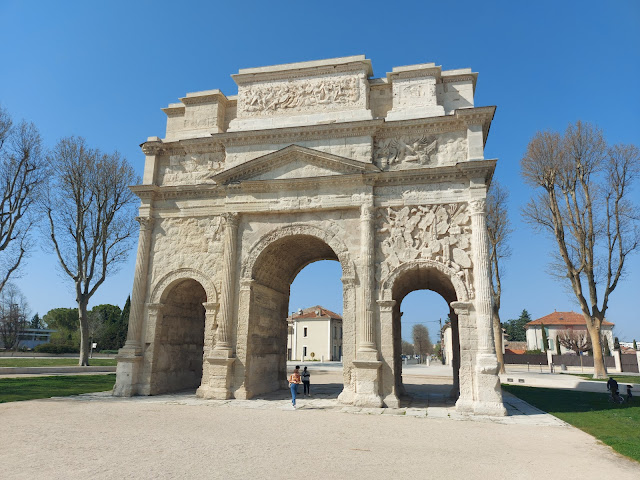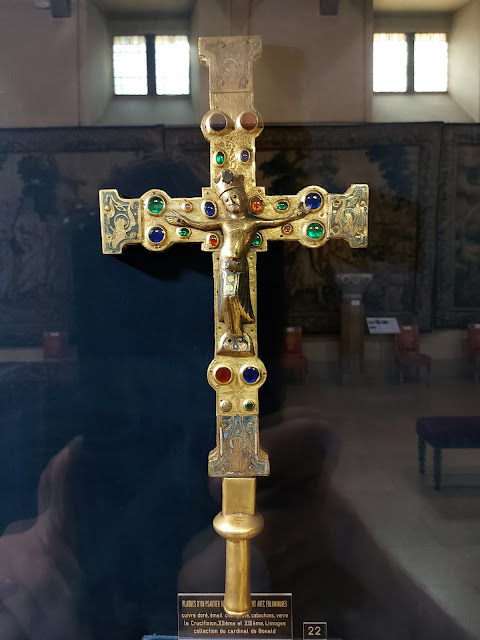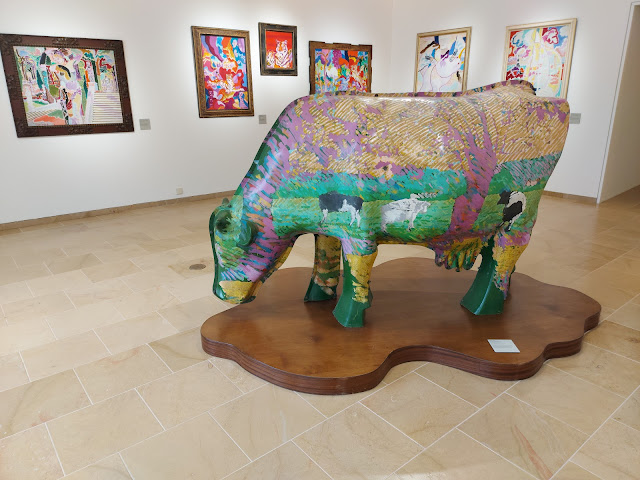 |
| Orange is a city in Provence founded by veterans of Rome's second legion in 35 B.C. |
 |
| The Triumphal Arch of Orange was built during the reign of Augustus to honor veterans of the Gallic Wars, and later modified by Tiberius to celebrate Germanicus' victories in the Rhineland. |
 |
| The Roman Theater of Orange was built in the 1st century A.D. |
 |
| The theater fell into disrepair after the Catholic Church issued an edict in 391 closing it. |
 |
| After being pillaged be the Visigoths in the following century, it was used as a fortification, shelter, and stage for religious plays. |
 |
| The theater was restored by France in the 1800s, and is still in use today. |



































































